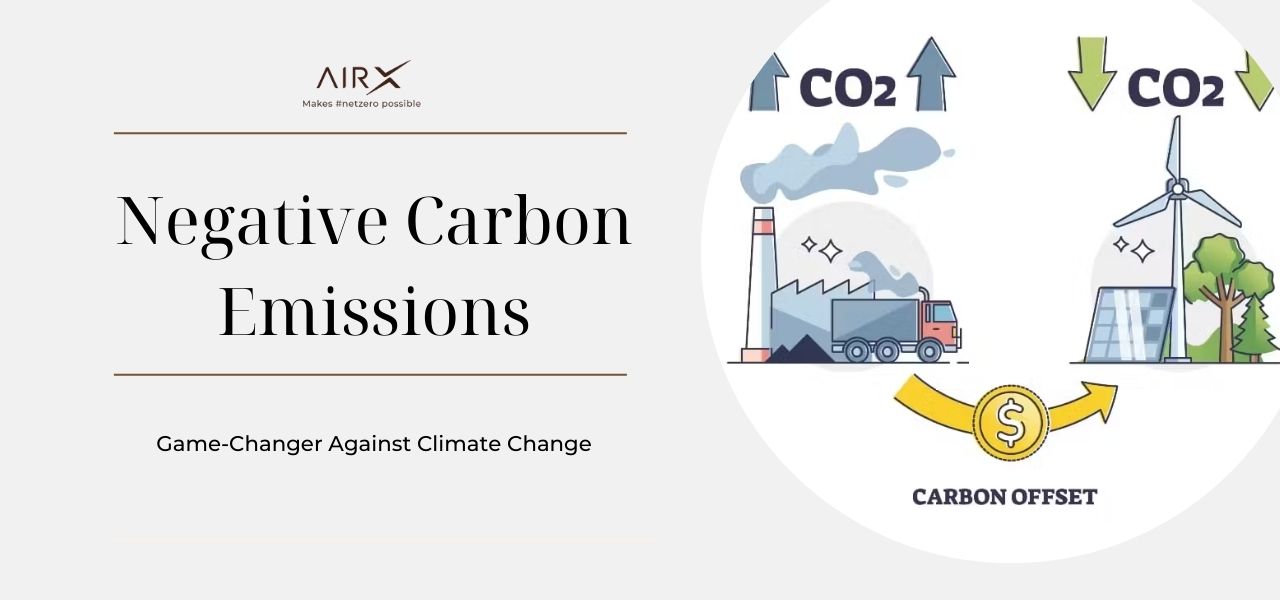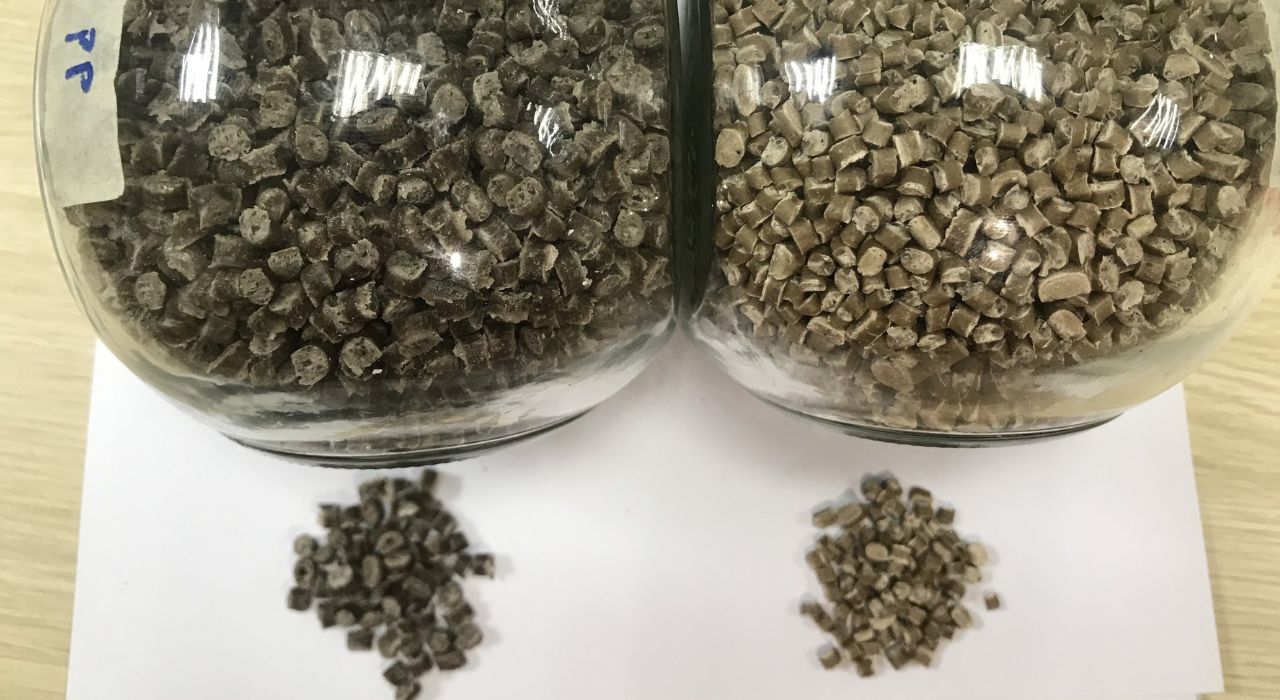Negative Carbon Emissions: Game-Changer Against Climate Change

Negative carbon emissions are becoming increasingly critical in the fight against climate change. In order to combat the negative effects of greenhouse gasses, it is important to not only reduce emissions, but also to actively remove carbon dioxide from the atmosphere. This process, known as negative carbon emissions, has the potential to be a game-changer in our efforts to combat climate change.
In this article, we will explore what negative carbon emissions are, their importance in mitigating the impacts of climate change, and innovative ways in which organizations are working towards achieving them.
What are Negative Carbon Emissions?
Negative carbon emissions are a relatively new concept in the fight against climate change. While traditional carbon emissions reduction methods focus on reducing carbon dioxide (CO2) emissions, negative carbon emissions aim to go one step further by actively removing CO2 from the atmosphere. This is achieved through a variety of methods, such as carbon capture and storage, afforestation, and soil carbon sequestration.
Unlike traditional carbon emissions reduction methods, which simply aim to slow down or stabilize the rate of CO2 emissions, negative carbon emissions have the potential to actively reverse the damage that has already been done. This is because they involve removing more CO2 from the atmosphere than is being emitted, creating a net reduction in atmospheric CO2 levels.
The process of negative carbon emissions works by capturing CO2 emissions from industrial processes, such as power plants, and storing them underground or in other long-term storage facilities. Afforestation involves planting new trees and other vegetation to absorb CO2 from the atmosphere and store it in biomass, while soil carbon sequestration involves changing land management practices to increase the amount of carbon stored in soils.
Negative carbon emissions are seen as a crucial tool in the fight against climate change, as they have the potential to offset the emissions that are difficult or impossible to eliminate through traditional carbon reduction methods. However, they also come with their own set of challenges, such as the high cost of implementing some of these technologies and the potential environmental impacts of large-scale afforestation.

Overall, negative carbon emissions represent an important new approach to combating climate change, and further research and investment in these methods will be necessary to ensure a sustainable and successful transition to a low-carbon future.
How Negative Carbon Emissions Can Help Combat Climate Change
Negative carbon emissions have become a hot topic in the fight against climate change. By removing carbon dioxide from the atmosphere, they can play a vital role in reversing the trend of rising carbon levels. These emissions can be achieved through a variety of methods, including direct air capture, afforestation, and soil carbon sequestration.
One of the most significant benefits of negative carbon emissions is the potential to reduce carbon dioxide levels in the atmosphere. By removing carbon dioxide, these emissions can help to slow the pace of global warming and reduce the impact of climate change.
There are many examples of how negative carbon emissions can be used to combat climate change. For instance, afforestation involves planting new trees to absorb carbon dioxide from the atmosphere. Direct air capture technology involves capturing carbon dioxide from the air and storing it underground or using it for other purposes. Soil carbon sequestration involves storing carbon in the soil through sustainable farming practices.
The potential impact of negative carbon emissions on global carbon levels is significant. If negative emissions can be achieved at a large scale, they have the potential to significantly reduce carbon dioxide levels in the atmosphere and slow the pace of global warming. However, the use of negative carbon emissions is still in its early stages, and more research and development are needed to fully realize its potential.
In summary, negative carbon emissions are a game-changer in the fight against climate change. They have the potential to significantly reduce carbon dioxide levels in the atmosphere and slow the pace of global warming. As we continue to develop and implement these solutions, we can work towards a more sustainable future for our planet.
Examples of Negative Carbon Emissions Solution
Negative carbon emissions have emerged as a game-changer in the fight against climate change. These solutions involve the removal of carbon dioxide from the atmosphere, resulting in a net reduction in greenhouse gases. One such solution gaining traction is the use of plant-based plastic, which can help capture carbon dioxide from the atmosphere.

There are various negative carbon emissions solutions and processes, such as direct air capture, afforestation, and carbon capture and storage. One of the most promising solutions is plant-based plastic, which captures carbon from the atmosphere. Companies and organizations like AirX are developing and manufacturing these solutions.
Plant-based plastic is made from by-product agriculture, which captures carbon that would otherwise be released into the atmosphere. Plants absorb carbon dioxide from the air during their growth, which means that the carbon is effectively locked away in the coffee grounds once they are harvested. By using biomass in the production of plant-based plastic, this captured carbon can be kept out of the atmosphere for even longer.
Plant-based plastic is gaining popularity due to its sustainability and eco-friendliness. It has a lower carbon footprint than traditional plastic, which is made from fossil fuels. Moreover, plant-based plastic is biodegradable, which means that it breaks down into natural materials and does not contribute to plastic waste pollution.
Various companies and organizations are adopting plant-based plastic as part of their efforts to reduce their carbon footprint. For example, IKEA has committed to using plant-based plastic in its products, while Adidas has developed plant-based shoes. These companies are leading the way in the fight against climate change by adopting innovative solutions like plant-based plastic.
In conclusion, negative carbon emissions offer a game-changing solution to combat climate change. Plant-based plastic is one of the innovative solutions that can capture carbon from the atmosphere and help reduce the carbon footprint. With the increasing adoption of plant-based plastic by companies and organizations, we can hope for a better and sustainable future.
>>> Learn more: Negative Carbon Footprint: Reducing Emissions and Restoring Balance
Contact us
AirX is the world's first carbon-negative bio-material made from coffee grounds manufacturer.
We specialize in producing bio-based composites using recycled carbohydrates derived from by-products such as coffee grounds, coconut husk, husk, and bamboo. Our goal is to promote sustainability through the use of eco-friendly materials.
We are always here to help and provide the best service possible. If you have any questions or would like to receive advice and feedback directly from our sales staff, please do not hesitate to contact us. You can reach us through:
- Whatsapp: +84 969 742 950
- Email: [email protected]
We look forward to hearing from you!

